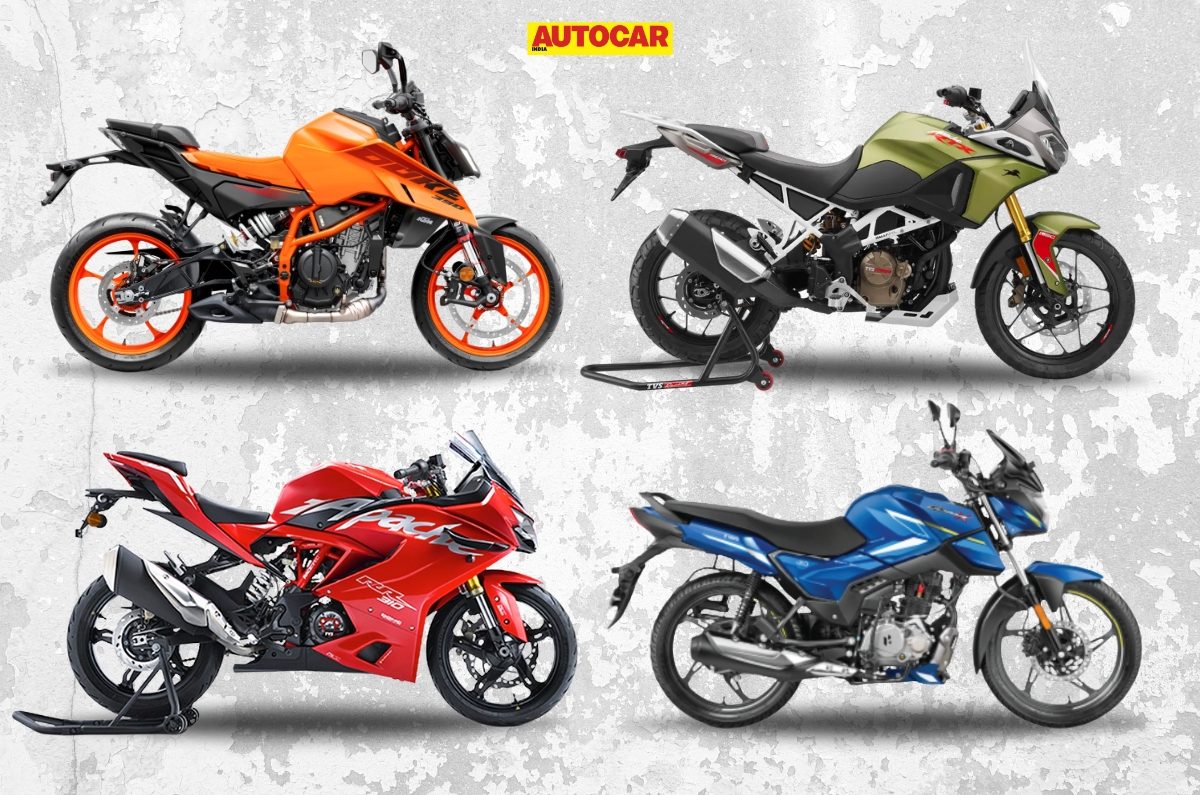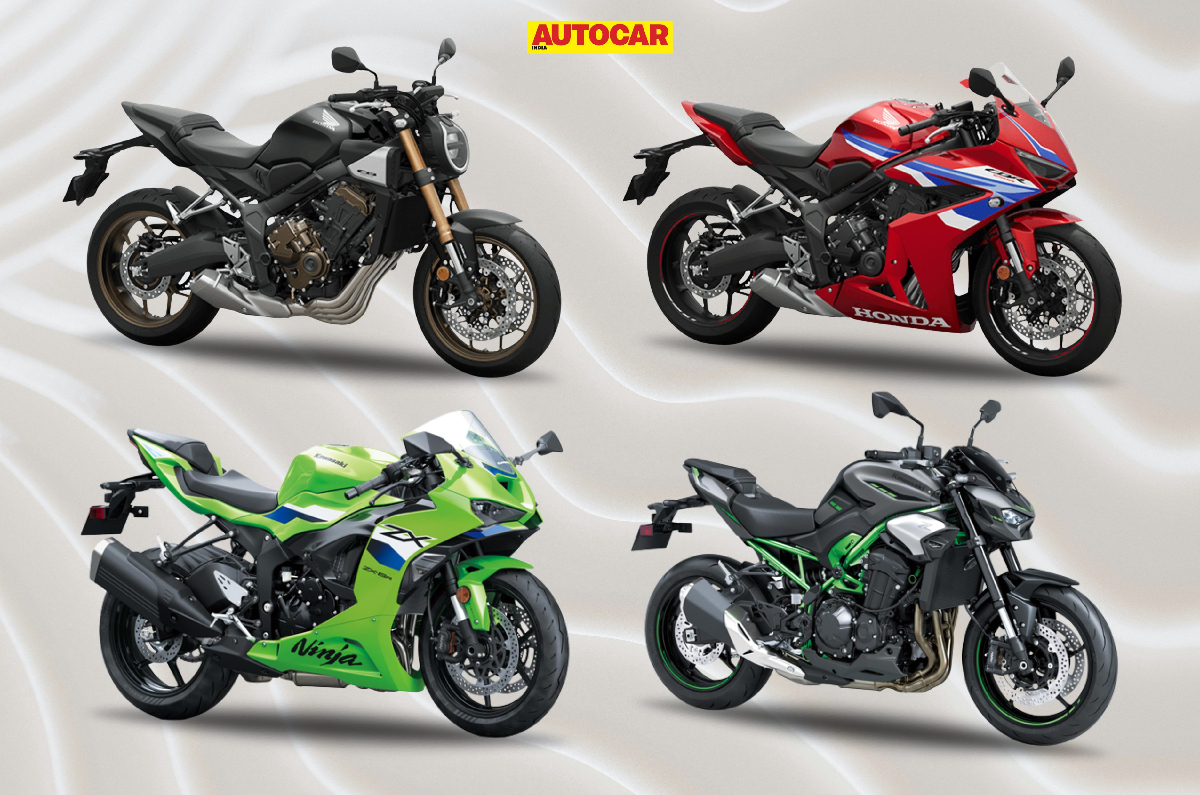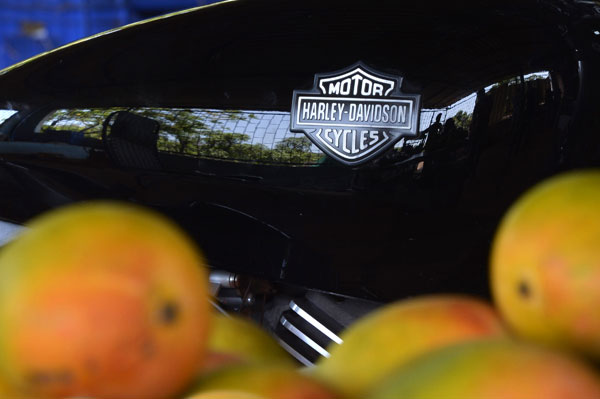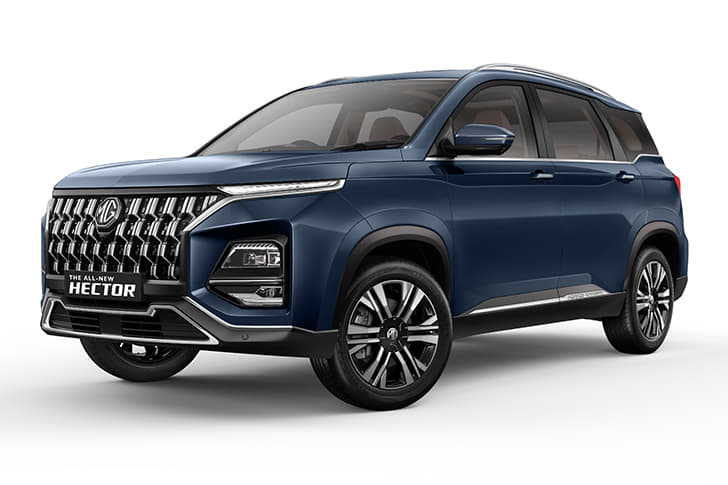With restrictions across the country gradually beginning to ease, normal activity is slowly resuming. You might have to start going in to the office on your motorcycle or scooter again, and that’s going to be tricky with the arrival of the monsoon imminent.
While riding in the rain isn’t everyone’s cup of tea, the monsoon doesn’t have to be a time to stow away your motorcycle – instead, you can use it to enhance your skills! But don’t think you can just jump into monsoon riding without any sort of preparation. Here are a few tips to prepare yourself and your motorcycle to make riding in the rain a bit easier.
BEFORE YOU RIDE
For a lot of us, this will be the first time we’re taking our motorcycles out since restrictions came into effect. So, it's a good idea to get a routine service/check-up done before you start riding. If your bike has any mechanical issues that mildly hamper riding in the dry, they're only going to get amplified when riding in the rain.
Tyre condition: Inspect your tyres for wear. If they're near the end of their life, it's best to just replace them, even if you believe they've got a few hundred kilometres of rubber left. Tyre tread is designed to disperse water, so having adequate tread depth is essential for riding on wet surfaces. Of course, just having decent tread depth doesn't ensure good grip in the wet. If the tyres are too old, chances are that the rubber has gone hard, and hardened tyres will end up being nearly as bad as bald ones in the wet. So, if you see tiny cracks on your sidewalls, irrespective of the kilometres you’ve racked up, it’s best to replace your tyres.

Tyre upkeep and monitoring pressure is essential during the rains.
Tyre pressure: Running tyre pressures a psi or two below the manufacturer's recommendation is advisable in the rains. This increases tyre-to-road contact patch, giving you slightly improved grip on wet roads. Just make sure that you don't go too far, since that has an inverse effect on grip. Also, don’t forget to return to specified tyre pressure during a dry spell. And keep in mind that the tradeoff for increased grip will be a slightly heavier steering.
Waterproofing: The best idea is to get yourself some waterproof gear. But since that can be rather expensive, if you’re on a tighter budget, get some rain gear that fits over your regular riding gear. Your rainwear needs to be loose enough so that it doesn't hamper movement on the bike, yet snug enough that it doesn't flap about in the wind or snag on any part. This becomes especially critical on rain pants. The more comfortable you are on the bike (read: dry and warm), the better you can concentrate on riding in tricky conditions.
Get booted: Boots are an often overlooked aspect of riding in the rain. Dry feet go a long way in keeping you comfortable on the bike, so invest in a good pair of waterproof boots if you can.
Lighten up: Rain means poor lighting and hampered visibility. While you might prefer darker colours, it might be a good idea to invest in some brightly coloured rain gear as it makes you more visible in poor conditions. If it’s still not your cup of tea, at least ensure your gear has enough reflective strips thrown in.
Visibility: Another effect of the poor lightning - generally avoid using dark or tinted visors on your helmet in the rains. Clear visors give you much better visibility in gloomy monsoon conditions. Also, make sure the visor is clean and scratch-free before you start riding. If your visor seems to be worse for wear, it might be a good idea to invest in a replacement before the monsoon sets in. Avoid using any substances like wax to make the visor repel water, as this can damage the visor and hamper visibility.

Rain affects visibilty tremendously.
Maintenance: It's always advisable to carry a clean, dry microfibre cloth along to clean your visor if it gets wet or dirty. If it's muddy, pour some water on it to clear the mud before wiping with a cloth; if you don’t, you run the risk of scratching your visor.
ON THE BIKE
Better control: Wet roads mean less traction, so all your inputs need to be smoother in order to avoid exceeding this traction threshold. Avoid any sudden actions on the motorcycle – do not rapidly open the throttle, apply the brakes really hard or steer the bike aggressively. Such jerky movements can very easily overwhelm traction available to your tyres, possibly causing you to crash. Be smooth and progressive with your inputs.
Right techniques: Proper braking techniques become even more essential in wet conditions. If your bike has ABS, it will let you slam the brakes hard on wet roads without locking up, but if your bike is older and doesn't have ABS, you have to be extra careful when braking. Again, it's essential to be progressive with your inputs. Learn to feel what the tyres are doing when you apply the brakes. When you sense the tyres about to lock, ease off the brakes a little. When riding in the dry, we rely primarily on the front brakes to provide most of the required braking force. However, in the wet, it's best to use both front and rear brakes in tandem, to not overwhelm any one tyre under braking.
Kill speeds: The first showers of the year are exceptionally treacherous, since these tend to leech out the oils and grime from the road surface, making it extra slippery. Keeping speeds lower than normal is recommended throughout the monsoon, but especially so during the initial phase.

Unsafe lines: Road markings such as lane separators, zebra crossings, and even manhole covers tend to be extra slippery when wet. Avoid riding over them as far as possible. Also avoid riding in the centre of a lane, since this is where other vehicles tend to leak oil and other fluids. Instead, stick to one side and follow the wheel-tracks of the other vehicles. This will not only save you from the dropped fluids, but you will also be able to benefit from a drier road surface since the other vehicles have displaced water in these areas.
Keep distance when wet: Braking distances are longer in the wet so remember to maintain more distance from vehicles ahead of you than you normally would. This gives you extra room to slow down and also helps you avoid the spray from rear tyres.
Headlights on: Even if it isn’t actually raining and is just overcast, it’s advisable to ride with your headlight on (not just your parking lamps). This is for the same reason as high visibility riding gear. The gloomy conditions in the monsoons reduce contrast, so running your headlights helps to make you more visible to other road users.
No splashes please: While it might be fun to splash through a puddle, avoid it as much as possible. If the puddle is deeper than you expect, the sudden deceleration might make you lose control. Plus, you never know if there's a deep pothole hiding under all that standing water. If riding through standing water is unavoidable, then it's best to keep a slower speed, a lower gear, and ride through with a constant throttle. This will help avoid a big splash that might just allow water to creep into the spark plug region. It’s also worth keeping in mind that your actions have consequences, and fellow road users/pedestrians may not enjoy water splashes as much as you do.
IN THE CORNERS
No sudden movements: As long as you don't make any sudden movements on the bike, things should be just fine. Shift your body into position gradually and smoothly, and as mentioned earlier, make sure your brake, throttle and steering inputs are also as smooth as possible to maintain optimal traction.
Optimise grip: You are not going to be able to carry the same lean angles in the wet as you do in the dry – not even your favourite MotoGP rider can – so choose lines and speeds through corners which will allow you to keep your bike more upright, ensuring you have more grip in the turns.
Avoid trail-braking: Yes, even if your bike has ABS. Suddenly slowing down when your bike is leaned over on a wet road can cause the front end to tuck in and can result in a crash. As far as possible, scrub off your speed in a straight line before pitching your motorcycle into the turn. The only exception to this is motorcycles that come with IMU-based cornering ABS, which are more successful at keeping you upright when braking at lean angle.
AFTER THE RIDE
Your job isn’t over after you park the bike safely. These following tips will go a long way in maintaining and extending your bike’s life for the years to come.
Clean-up: During the monsoons, it's a good idea to get your bike pressure washed more often than you would during other seasons. Mud that gets sprayed into your bike can damage components over time, and also accelerate corrosion. Washing all the little nooks and crannies of your bike regularly, and then drying them thoroughly, will ensure a longer life for all the components.

Bike cleanliness and maintenance is a high-priority.
Chain care: Most bikes these days come with exposed chains which need more attention during monsoons. When washing your bike, pay particular attention to the chain, and lube it generously once washed and dried. This will improve the longevity of the chain, allowing your bike to run smoother for longer.
 The chain needs to have proper tension and be well-lubricated.
The chain needs to have proper tension and be well-lubricated.

































